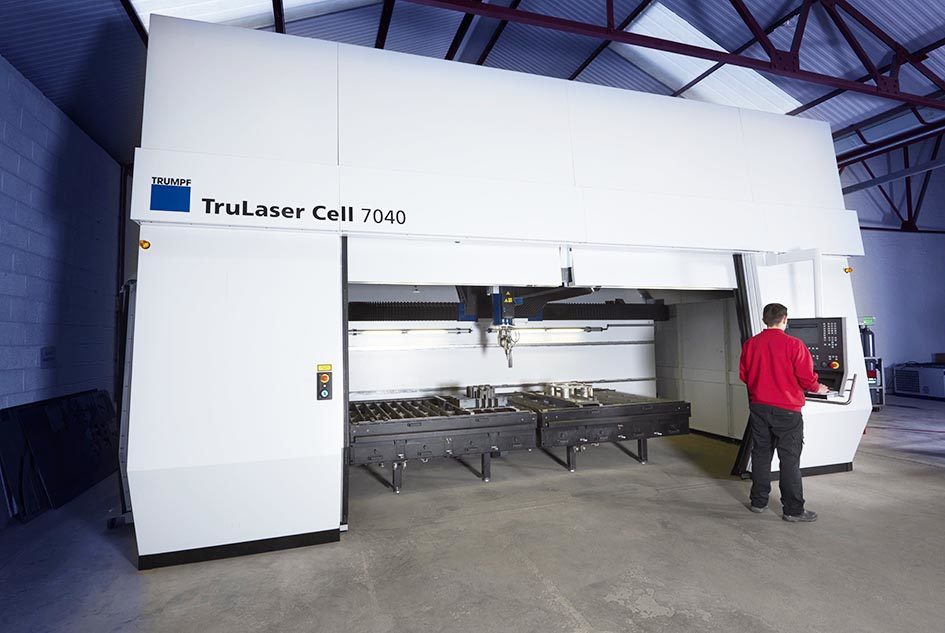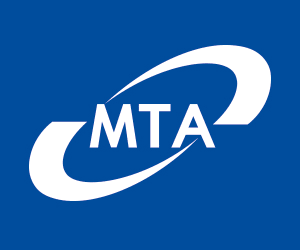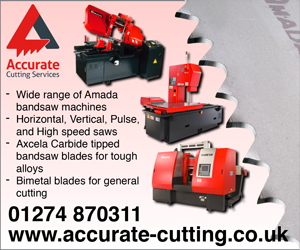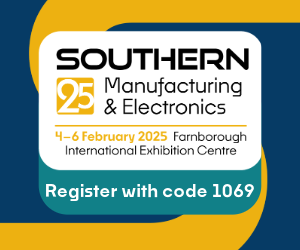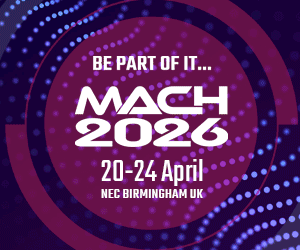Leading aero-engine component manufacturer makes significant investment in its plant, equipment, processes and people to maintain its competitive edge in the global aerospace sector.
West Midlands-based Electro-Discharge Ltd., (part of the MJ Sections Aerospace Group) is a market-leading subcontract specialist with a reputation in the market for innovation, technical excellence and customer service.
The company, as its name suggests, is a pioneer in the use and application of EDM technology and, ever since the company was first established in 1980, regularly invests in the latest EDM wire, die-sink and hole-drilling machines to improve its competitiveness.
New technology investment
In 2018 the company made a significant investment in a new technology with the purchase of its first £1m state-of-the-art laser cutting and profiling machine.
The TRUMPF TruLaser Cell Fibre 7040 5-axis CNC industrial laser cutting system has a large working capacity (X-axis – 4000mm; Y-axis = 1500/2000mm; Z-axis = 750mm) and is ideally suited to laser cutting high-strength, heat-resistant materials used in the aerospace sector and other high technology industries.
A key strength of the TRUMPF machine (and a major reason why it was purchased) is its solid state laser beam which is guided through a fibre cable. This makes the machine more accurate, more consistent, faster and more efficient than the CO2 equivalent machine.
The machine has full 5-axis capability enabling it to machine complex high-precision 2D and 3D parts quickly and accurately in a single set up and, for additional productivity, the working area can be partitioned into two separate work zones allowing either one large, or a number of different sized, workpieces to be machined at the same time.
The machine was installed at the company’s 24,000 square foot facility in Cradley Heath in September 2018 and is being used to laser cut and trim a range of high-precision aero-engine components.
These include different diameter aero-engine rings made from tough and difficult-to-machine materials that include titanium, inconel, nimonic alloys etc.
Prior to the arrival of the TRUMPF machine these rings were machined on the company’s high-performance EDM (wire and die-sink) machines.
Whilst the use of EDM technology for such applications did deliver the high accuracies and surface finishes required, machining processes were both long and labour intensive and involved multiple and frequent set-up operations.
Says Rupin Vadera, General Manager at Electro-Discharge:
“To compete effectively in the aerospace sector you need access to the latest and most advanced technologies.
“We have always invested in the latest EDM technology and have a total of over 40 machines at our disposal.
“We push these machines hard and operate 24/7 operations (Monday to Saturday morning).
“However, despite running the EDM machines unattended and overnight – we believed we weren’t being as productive as we could, or needed, to be.”

TRUMPF laser cutting machine in action at Electro-Discharge’s facility in Cradley Heath.
EDM V Laser technology cutting performance – a case in point
The dramatic productivity gains available from using laser cutting instead of EDM technology is evident in the following example.
To machine 24 slots in a 1 metre diameter aero-engine ring made from a Nimonic material using EDM technology took nine hours to complete whereas the same part, using a laser machine, was machined to completion in minutes!
Comments Rupin Vadera:
“To machine the ring using EDM technology required us first making complex jigs and fixtures. The ring had to be held vertically in the EDM machine and only 6 slots (out of the 24) could be machined at one time. This meant that the ring had to be repositioned and set up four times before it was completed.
“With the laser machine the ring was laid flat on the machine’s bed and, after set up, was machined in one hit.”
Although the processing speed of the laser machine is far quicker than that of an EDM machine the company still relies heavily on its EDM technology.
“The laser machine frees up capacity on our EDM machines”, says Rupin Vadera. “Other high-precision aerospace parts are machined on our wire and sink machines. The laser machine has helped us reduce production bottlenecks.”
The laser machine investment – put into context
The laser machine tool investment made by Electro-Discharge was part of a much wider investment programme implemented by the company during 2017 and 2018.
In addition to investing in the new laser machine and five new EDM machines – 2018 was a landmark year for Electro-Discharge as it involved a complete relocation of the company to new and much larger premises in Cradley Heath.
Says Rupin Vadera:
“Since the company was taken over by its new owners John Harding and Paul Jordan in 1999, our premises in Dudley, were becoming a bit cramped and were proving to be unsuitable.
“We recognised back in 2017 that this shortage of space would only become more acute as we grew, increased our headcount and invested in new technology. As a consequence, we set about looking for new premises.”
The decision, by any company, to relocate its entire operation cannot be taken lightly.
For Electro-Discharge the relocation presented a number of specific issues over and above the ones associated with moving plant, people and equipment to a new facility.

Inside Electro-Discharge’s new facility in Cradley Heath.
The relocation – issues
The key driver behind Electro-Discharge’s relocation was the company’s desire to move to larger premises. But it wasn’t the only consideration.
Explains Rupin Vadera:
“It was important, from a staff perspective, that the new premises were geographically proximate to our existing location. We certainly didn’t want to inconvenience staff by selecting premises that were miles away.”
Effective and timely communications to keep staff (as well as all customers and partners) informed about the move was a critical aspect of the planning process. All aspects of the move were managed by a specially-created company task force headed up by Paul Jordan (Group Chairman), Tracy Jones (Finance Director) and Rupin Vadera (General Manager)
Continues Rupin Vadera:
“There was lots to do – and that’s an understatement.
“For example, we knew the move would interrupt our production processes. As a consequence, we had to build up in advance buffer stock of customer parts and components to ensure that the move did not adversely affect customers’ operations and production schedules.
“We had to inform customers and awarding bodies that the relocation would mean that previously held accreditations and certifications (i.e. ISO 9001, NADCAP, Rolls Royce SABRe 9000 etc.), would need to be re-applied for.
“Once we had identified suitable premises we needed to undertake a strategic and accurate assessment of the new facility – and what needed to be done to ensure it met our immediate and future requirements.”
The premises in Cradley Heath needed more than cosmetic changes.
For example, to enable the TRUMPF laser cutting machine to be installed accurately and safely -structural changes to the premises (i.e. lowering the floor) needed to be made in advance.
The new facility also needed to be re-wired, new plumbing systems needed to be installed and significant investment in ensuring the site had adequate air flow, power and temperature control had to occur.
Summary
“We moved into the new facility in October 2018 and haven’t looked back”, says Rupin Vadera.
“Although the new premises is only a stone’s throw away from where we were – it’s light years ahead in terms of its look, feel, capacity and functionality.”
“We are a major player in the aerospace sector. We now have a facility that matches our market-leader status.”
For further information please contact:
RUPIN VADERA
rupin@electro-discharge.co.uk


